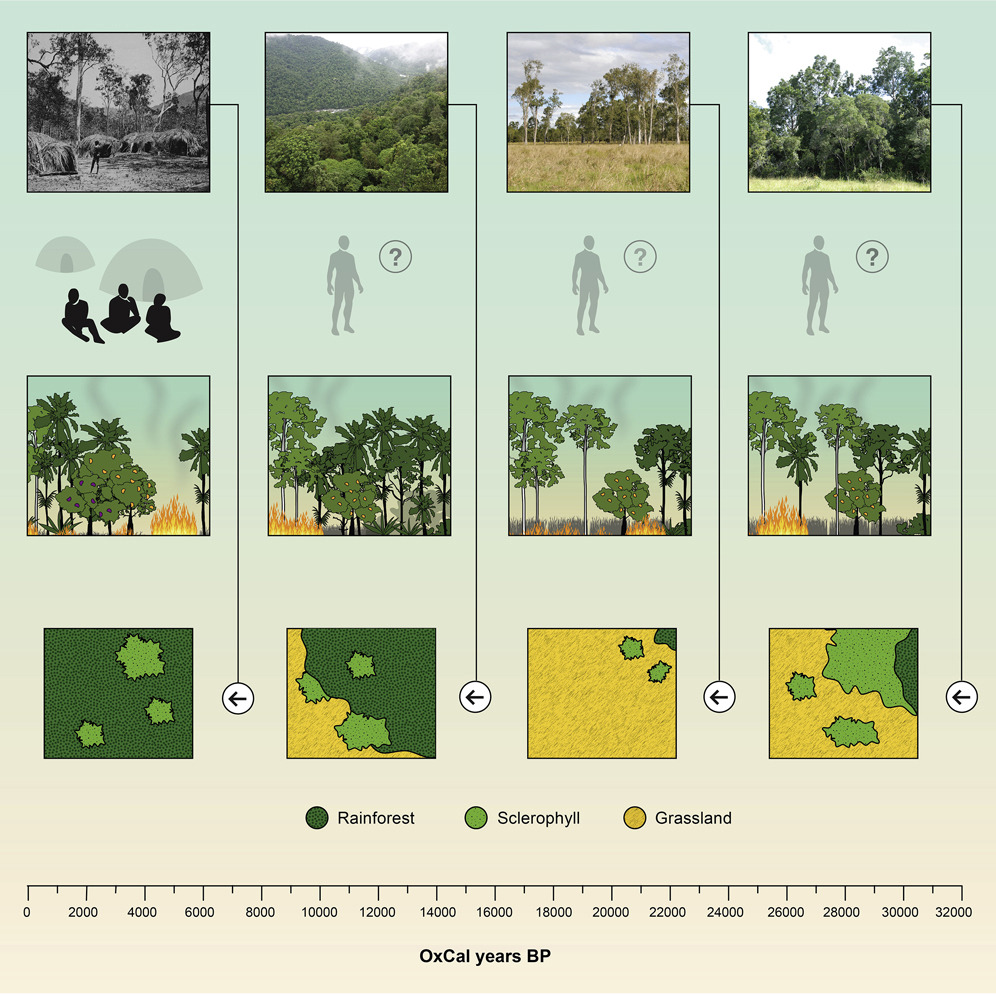The multifaceted relationships that exist between communities and the environment in Fiji are increasingly threatened by the cross-temporal impacts of climate change. Recent literature on the relocation of vulnerable communities as a means to avoid slow-onset climate change impacts in Fiji highlights the complexity of these relationships and the range of considerations that must be factored in when assessing relocation options and strategies.
A research paper, in support of SDG 3 and 10, documenting the sociodemographic factors and distribution of cofactors associated with hepatocellular carcinoma in Indigenous Australians.
This book chapter advances SDG 3 and 10 by discussing the importance of social support and psychological flexibility to act as a buffer between the effects of COVID-19 on psychological distress and mental health.
This book chapter advances SDG 3 and 10 reviewing the extent to which coronavirus lockdown and restrictions have affected the life of the people of Ghana
This book chapter advances SDG 3 and 10 by exploring the gap within research literature in which the intersectional complexities of South Asian Muslims lie by examining the historical and geopolitical contexts of South Asian Muslim experiences in the United States. This chapter discusses the ways in which contemporary South Asian Muslim American experiences are further complicated when navigating additional marginalized identities such as gender and sexual orientation, age and generational influences, disability status, class, and national origin.
Elsevier,
Community Mental Health Engagement with Racially Diverse Populations, May 2020, Pages 15-48
This book chapter advances SDG 3 and 10 by discussing the issues currently driving mental healthcare disparities in the Latinx population and how these approaches can provide a viable way to reduce them.
Diseases of the Nervous System (Second Edition), 2021, Pages 81-107
This book chapter advances SDG #3 and #10 by introducing the basic foundation of aging, dementia and Alzheimer Disease, including clinical presentation, diagnosis and epidemiology.
In this article, we seek to draw upon a variety of multidisciplinary datasets that are yet to be compiled in a peer-reviewed publication, to support growing movements looking to re-cast the forests of the Wet Tropics as cultural landscapes as well as purely “primitive” Gondwanan remnants.
This study supports SDG 3 and 10 by reporting that Māori and Pacific people with type 2 diabetes have consistently poorer health outcomes than European patients, indicating the need for specific policies and interventions to better manage type 2 diabetes in these subpopulations.
This book chapter advances SDG #3 and #10 by providing therapeutic strategies that can be employed in clinical trials for AD in DS will be discussed as well as their underlying scientific rationale.

